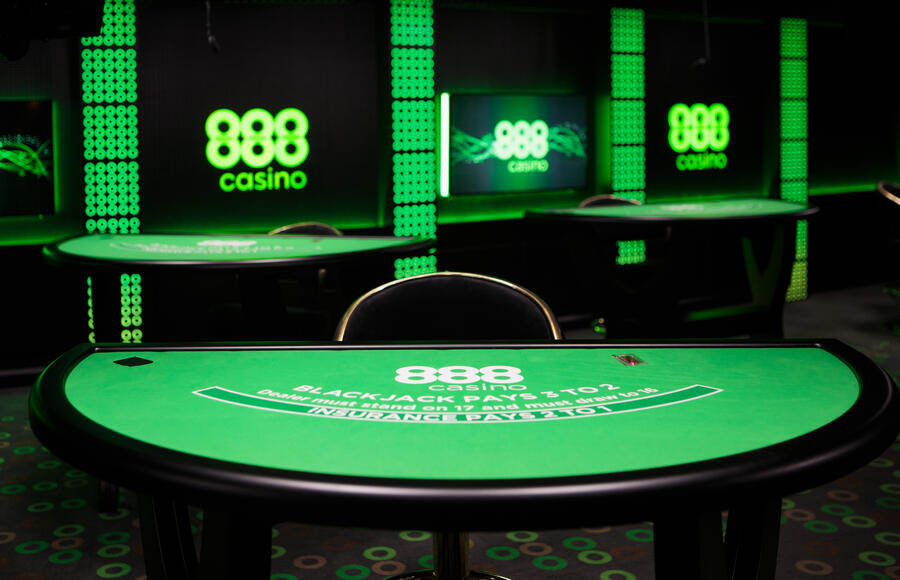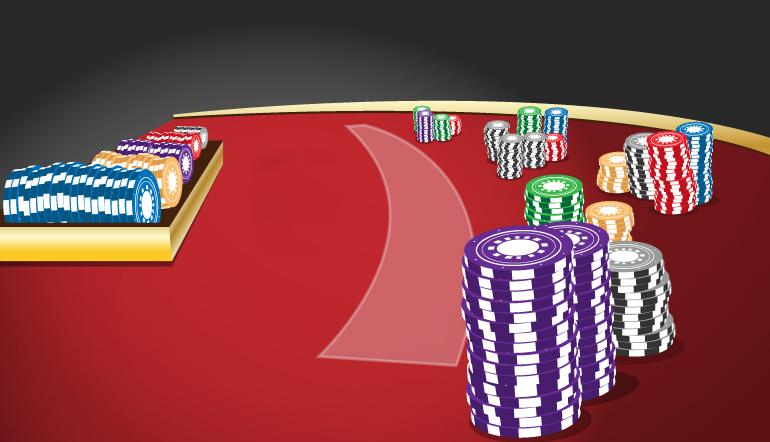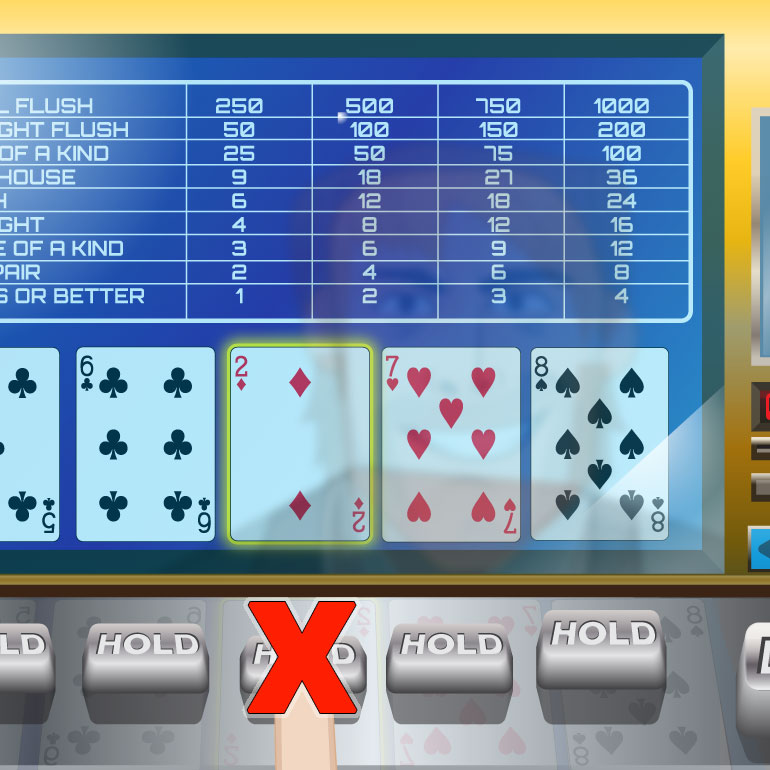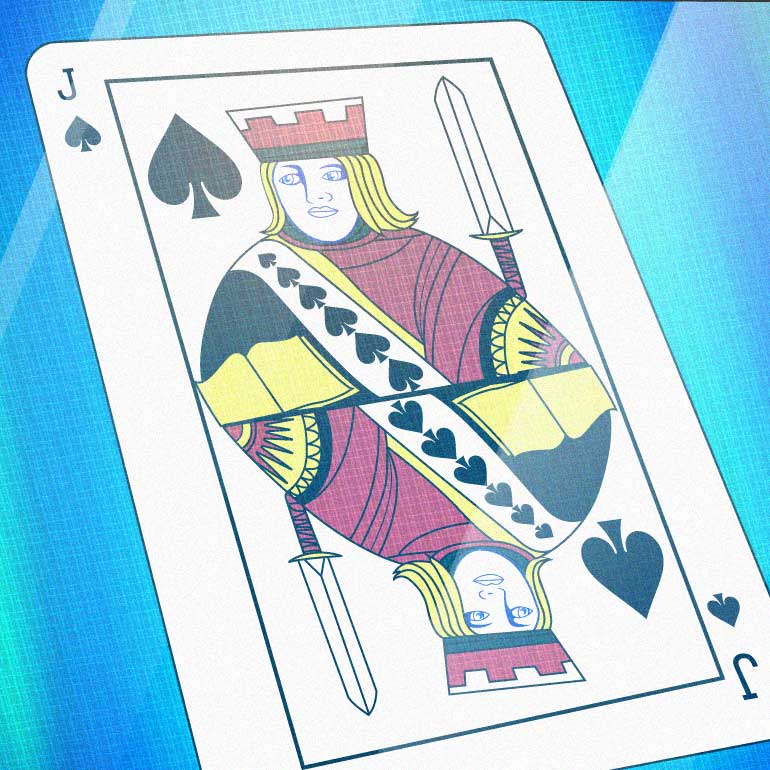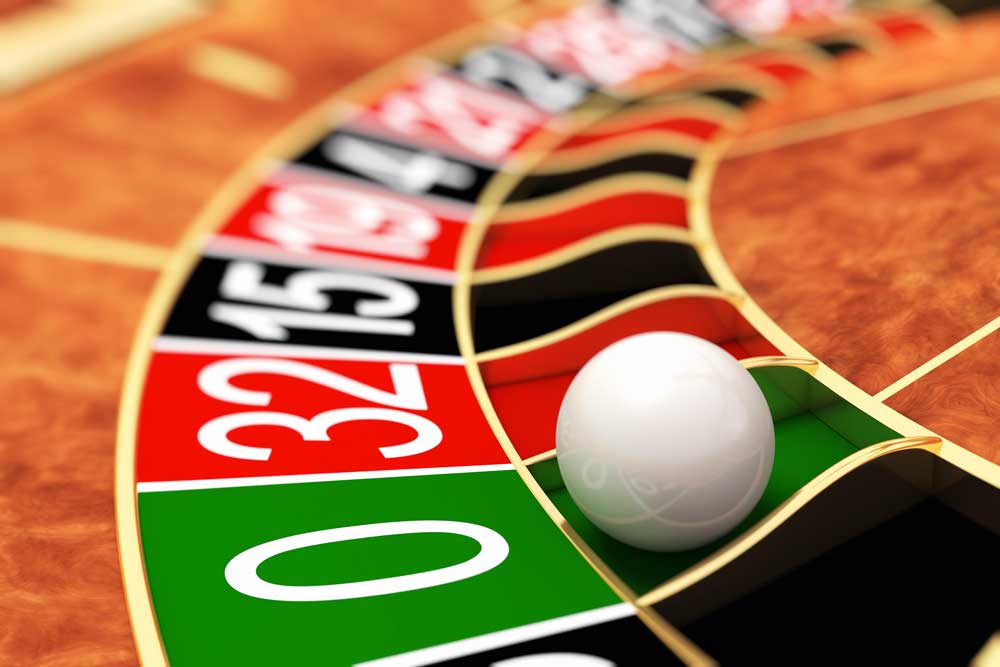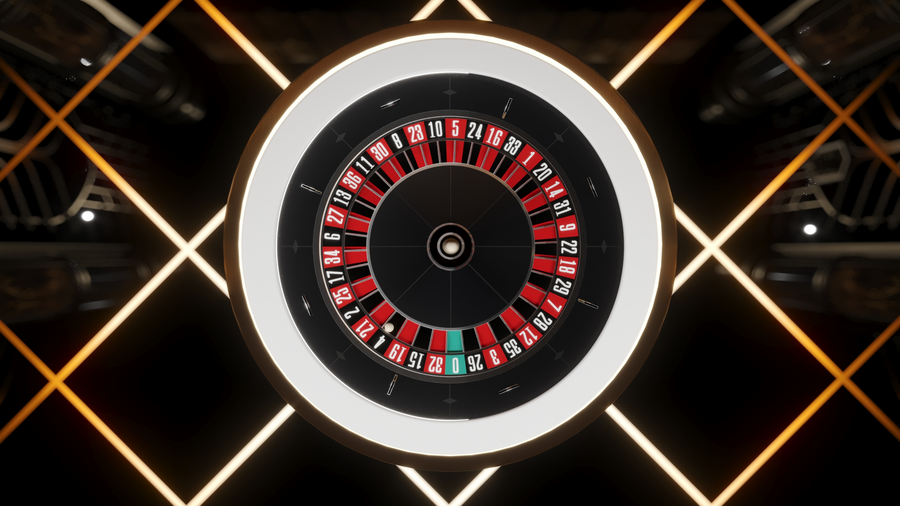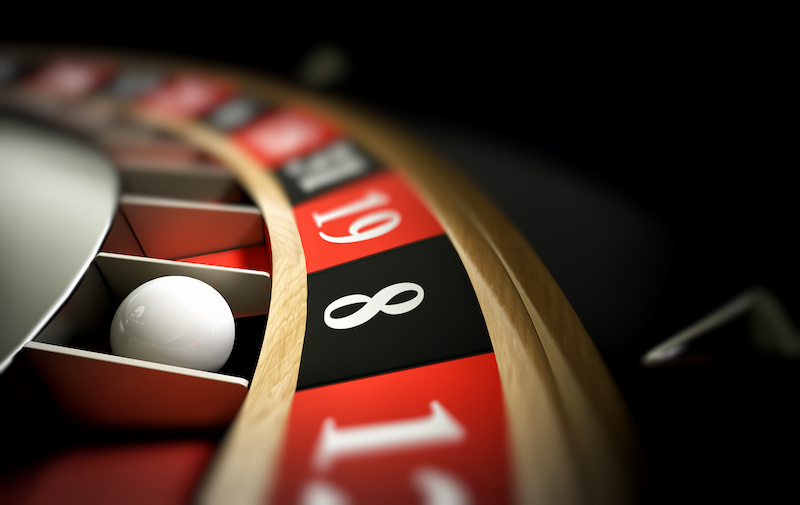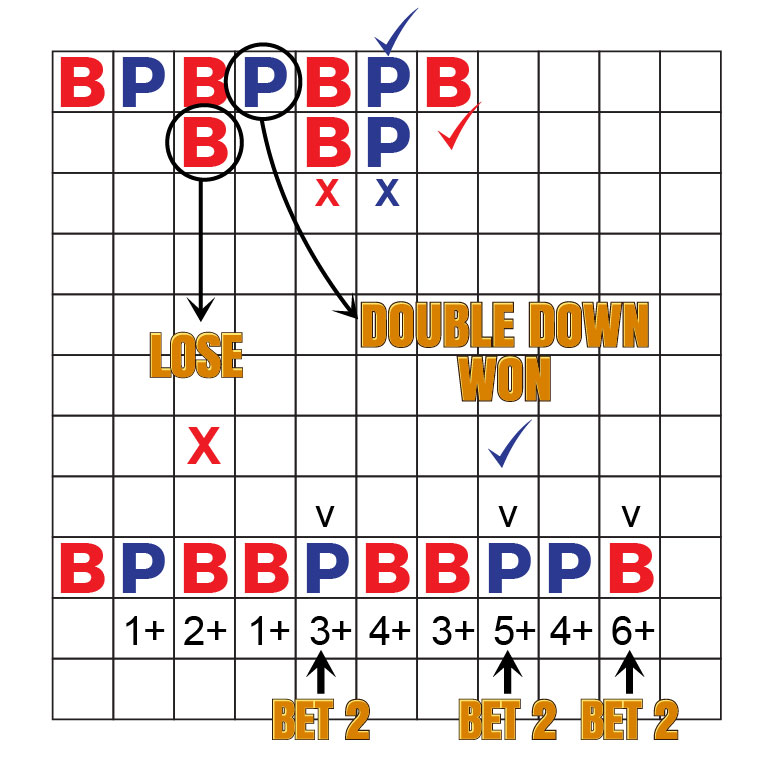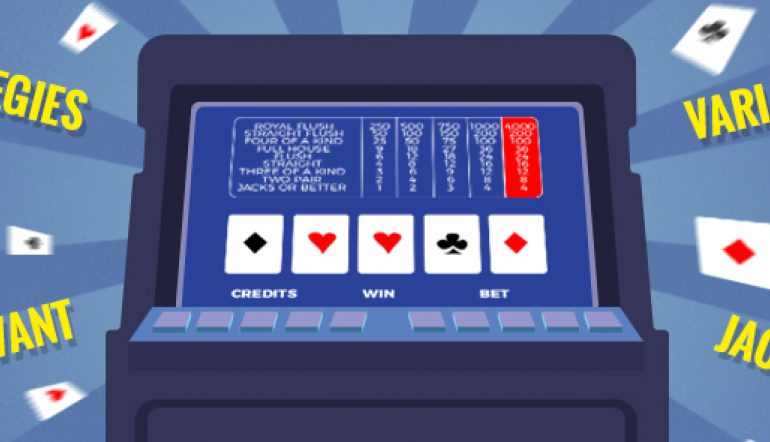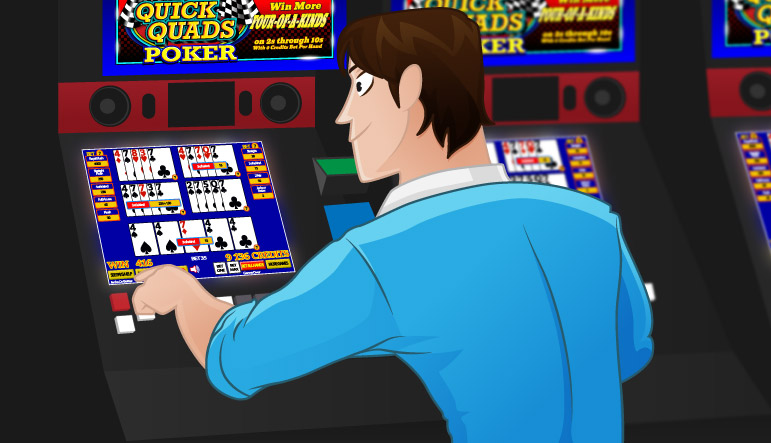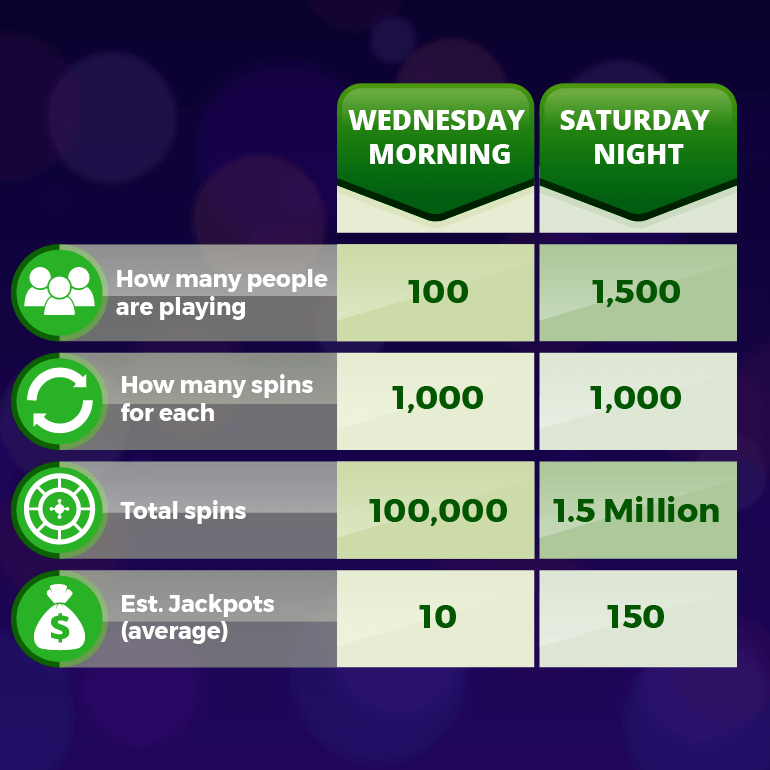So, what exactly is a professional gambler? A professional gambler is a person who lives from gambling and spends most of his time at the casinos. Professional gamblers are actually earning their paychecks by making the right bets when they play at the live casino tables. In this article, I will go over some general misconceptions about casino gaming as well as go over a few real-world examples, gathered from several friends of mine who are professional Advantage Players. We won’t give out real names or when these “adventures” occurred, but rest assured this is about as truthful as an accounting of what real-world play is like.
The gambler lifestyle has been portrayed by Hollywood, and more so, by commercials for casinos, to be a glamorous one. Men are always dressed sharply and women are in their best gowns and, both seem to be having a wonderful time. They are winning money, eating at 5-star restaurants and drinking the best champagne. This is all done to entice the average person to come to the casinos and gamble, but more importantly to lose the maximum amount of money they can. The reality of the casino gaming world is very different.
HOW TO BECOME A PROFESSIONAL GAMBLER
The first thing a player must do is forget everything they have ever seen in the movies or have read that portray the life of a professional gambler. Movies like the blockbuster hit 21 and book from which it is based on Bringing Down the House, by Ben Mezrich are strictly for entertainment purposes. Any relation to how things are is distant. The life of any person who has had success in any field has its shares of ups and downs but for some reason authors who write about gaming particularly ones who have not engaged in Advantage Play take a lot of artistic liberty when telling a story.
One of the things that happen when you take up the first level of Advantage Play, card counting, is that you start noticing blackjack players everywhere. On the graveyard shift in Las Vegas casino, you can find a card counter at least one of their tables. These people all have varying levels of skill. Some are strict blackjack basic strategy players with a minimal bet spread while others use all of the adjusted strategy plays and have an aggressive bet spread. Additionally, some use the basic Hi-Lo counting method, while others use the more advanced counting systems. The point is there are several ways to attack casino games and, specifically Blackjack, and the more complex the system is, the less likely the technique will be discovered.
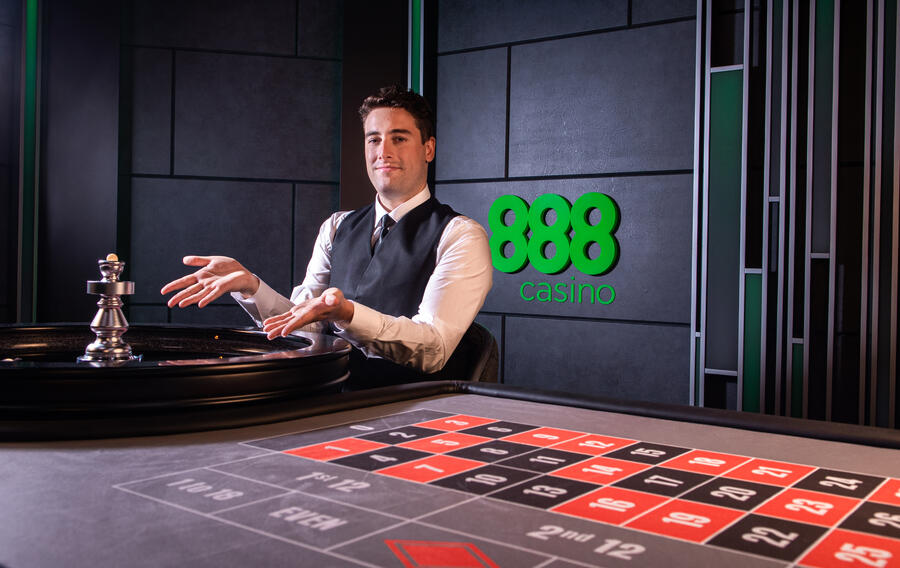
There is a lot of lore that surrounds professional gamblers. Most have a kernel of truth to them but some are without a doubt embellished. One such story revolves around a new player who goes by the name el Gordito. As it goes, Gordito, during his infinite card counting days he was stopped for speeding on his way back to southern California from Las Vegas weekend trip. He told the woman CHP officer that he was in a rush to get home to tell his wife about a sizable win at the blackjack tables. He let it slip that he was a “semipro” blackjack player.
The story continues that the next thing he knew the officer was asking him questions like whether or not it was correct to split a pair of 2s when double after split is allowed. He claims that he got out a deck of cards and, while she held the flashlight, played a few hands on the hood of his car. The part about playing cards on the hood of his car, illuminated by a flashlight seems a bit of a stretch, but I know a few people who know the el Gordito very well, and they believe he was highly capable to talk his way out of the ticket.
Gambling is appealing because of it’s simple to play and most people have a good time with the games. Games can be played just for fun and with minimal losses; but, the vast majority of player’s do not win.
Sometimes when players don’t have good results they question their skills. The reality is Advantage Gaming is a gloomy business when you’re on a losing streak. You begin to speculate about which curve of what fluctuation you were born. But, when you are on the positive side of the spectrum it’s like taking candy from a candy-hating baby. The hard truth is that the mentality of professional Advantage Casino player is that equal to a manic depressant. Most beginning and novice players are either very high or very low. Only most elite professionals can curb their emotional state to the point where it doesn’t affect other aspects of their lives.
The blackjack mathematicians refer to a card counter’s financial journey through good and bad times as a random walk with an upward drift. This definition really only applies to multi-deck shoe games and it does not account for the ups and downs of single-deck blackjack. Single-deck is too often like a sweaty calamitous trip through heaven and hell. The swings are exceptionally dramatic and push the bounds of your own sanity. Overall the casinos give you decent chance to win, and that’s all an Advantage Player can hope for.
The literature on advantage play is filled with techniques and statistical formulas. Most of it is provided by professional players who bet at the black chip level, or from academic gaming scientists. So the information that they share is pretty solid. To be fair some of the claims by some authors are pretty absurd, so be careful what you choose to believe. Another thing worth noting is that the best techniques are usually shared only with a few other top players in only the very top echelons of this elite field.
A common question is; what is it like for the average player? Since many players are only part-time players or gaming hobbyists, it might be interesting to review the playing records and experiences of a serious nonprofessional beginning card counter. A retired player who I will call Wild Bill has generously donated his complete first years’ records as a blackjack player. It should be noted that these records are over 30 years old.
| No. Trips: 22 | Total Hands Played 18.9K |
| No. trips won: 13 | Hands per hour all decks: 88 |
| Trips win: 59% | Hands per hour single-deck: 83 |
| No. sessions: 311 | Hands per hour double-deck: 93 |
| No. sessions won: 162 | Total wagered: $245,000 |
| Session win: 52% | Avg. bet: $13 |
| Most sessions won in a row: 9 | Win rate single-deck: 0.98% |
| Most sessions lost in a row: 6 | Win rate double-deck: 0.44% |
| No. sessions single-deck: 177 | Win rate overall: 0.78% |
| No. sessions double-deck: 128 | Most hands lost in a row: 8 (twice)* |
| No. sessions other: 6 | Most hands won in a row: 6 (many)* |
| No. sessions Las Vegas: 226 | No. casinos played: 63 |
| No. sessions Laughlin: 77 | Casino most played: XXXX (24x) |
| Longest session: 3 hours | Most trips won in a row: 3 |
| Shortest session: 5 minutes | Most trips lost in a row: 3 |
| Avg. session: 41 minutes | No. times had to sleep in car: 1 |
| Total hours of blackjack: 216 | No. of times had to use ATM: 1 |
| Avg. hours of blackjack per day: 8 | No. taps on the shoulder: one close call |
AN INTERVIEW WITH A PROFESSIONAL GAMBLER
I asked Wild Bill what did he learned after his first year of Blackjack play? He responded that he learned two valuable lessons they were: The lesson of Losing and The lesson of Winning.
The lesson of winning is “don’t be too greedy”. Several small wins are just as good as one large win. Even when a game is super good you don’t want too much face time with the pit bosses. Get a win and get out. The standard rule is play as long as the game is good, but I would expand it to play as long as the game is good and you are not getting any attention.
How did you get the nickname Wild Bill? And how does Professional Gambler get a nickname?
"I’ll take the second part first. Gambling nicknames are usually given to you by another professional gambler or potential teammate, usually early on in your playing career. I have been given several nicknames over the years. Sahara Dave and Tuscany Tom are some of the other names I’ve been assigned. The name Wild Bill was given to me by a potential team whom I first met at Wild Bills gambling saloon."
How about the names Sahara Dave and Tuscany Tom?
"The name Sahara Dave came about through an introduction that was made by a friend of mine with another professional gambler. We talked on the phone briefly and decided to meet at a restaurant on Sahara Ave in Las Vegas. When we first met I told him my name was Dave. After the meeting, I was comfortable enough to tell him 'Hey my real name is Mike.' He replied, 'Sorry, but I’ve already put you in my phone as Sahara Dave.' So that’s how that name came about. The Tuscany Tom name came about in a similar way. A lot of players get their nicknames in that way."
How long have you been gambling professionally?
"I have been in gaming for the better part of 40 years. At first, it was just on vacations than on a once a month basis and, eventually, it was every weekend. At that point, I was treating it as a part-time job. I was able to move into the professional gambler occupation in my late 50s. I had saved enough and learned enough over the years that it was very doable so I decided let’s give it a shot."
As a Professional Gambler which game do you mainly focus on?
"The essence of a professional gambler is to always be looking for opportunities. The classics game that everyone professional gamblers started with is blackjack. That game will always be there, but making money on that game is getting harder and harder every day. This leads a professional gambler to look for new opportunities. Every game is beatable given the right set of circumstances; the player just has to know what to look for. This involves a lot of game scouting, which can be very time-consuming. A player has to think of a way to beat a casino game and then test it via computer simulation, usually, they have to write the computer program themselves and see if it works. This approach involves a lot of studies and a lot of thinking. There are only a few resources that offer these next level insights. The most complete resource is the rare books section at the UNLV library in Las Vegas.
"In general we look for value in our betting, adhere to a solid mathematics strategy and hope for the best. A good professional gambler or rather a good advantage player has a vast tool belt because we know a good game can go away overnight but at the same time we know a new opportunity can easily pop up."
What does the typical day of a Professional Gambler look like?
"First, there is no typical day for a professional gambler. And it really depends on what game we are attacking. When we do play, a lot relies on blending in with the crowd. So we make an effort to see what conventions are in town and blend in with them. Another case is when we are attacking a 3 card poker game using hole carding methods we may spend a day or two scouting dealer and games and try to gain schedule information from dealers asking them questions like “ You are always working don’t you ever get a day off?” Fortunately for us, dealers volunteer their schedules with minimal effort."
Where do you gamble? Online or Land-based casinos?
"Everywhere. Being a high-level professional gambler relies on being able to recognize opportunities as they present themselves. You have to remain fluid in your practice, and this relies heavily on critical thinking. Anyone can apply a system the real talent relies on developing the system and of course not getting caught. That being said I travel extensively to casinos all over the world, but mostly in the US as well as using VPNs (virtual remote access points), to get access to an online casino. I do this when I see an opportunity at these online casinos. A lot of the online opportunities rely on sticky bonuses where if you play some amount you get additional funds to play with. Some bonuses are sign up bonuses, so you go where there are opportunities. The internet has a lot of resources where players can evaluate the current opportunities."
What was your previous occupation, and how do you relate it to the job of a professional Gambler?
"I was trained as an Attorney and did practice for almost 30 years. Relating it to my role as a professional gambler is pretty straightforward. Many people relate professional gamblers to stock traders. And I can see that argument because of the value-seeking and the financial swings that can occur. But I think it has a lot more in common with being a lawyer, especially a defense attorney. Because both have the objective of finding and exploiting loopholes in any given system. That’s why both lawyers and professional gamblers are loathed by establishments."
How’s the casino gambling landscape evolved over the past few decades and what will it look like for professional gamblers in a decade?
"On one hand over the past 20 years, the environment has gotten a lot harder for professional players. Straight card counting is pretty much an impossible task. Live blackjack games have also gotten a lot harder to beat with the advent of continuous shuffle machines and 8 deck shoes where the dealer cuts two decks off. But on the other hand, the increase in the number of casino games that are offered by casinos gives a lot more opportunity for the astute player. Casinos, in general, are reducing comps dramatically to their players and this also has a negative impact on the professional gamblers bottom line. So over the years, it has gotten progressively worse for the professional gambler.
"In the future, I don’t see this trend changing. A lot of casinos in Las Vegas are charging their guests for parking and this does not make the gambler happy. Comps continue to fall and games get tighter and tighter, so professional gamblers will have to look harder and, think faster than they ever have in the past if they want to continue to make money."

